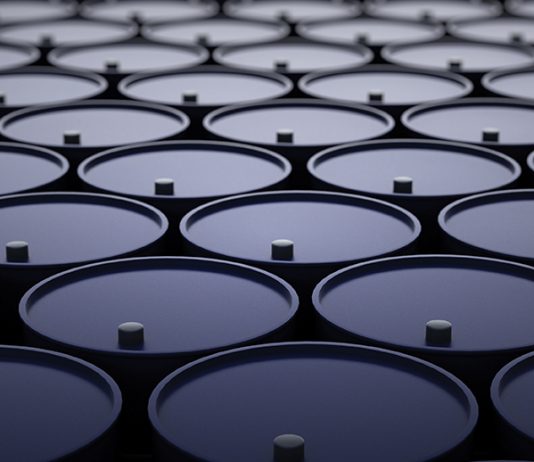
Employees working in the oil and gas industry are susceptible to many health risks and occupational hazards. The US Department of Labor reports that risks to oil and gas employees include exposure to hazardous chemicals, fatigue due to long shifts, and workplaces polluted with excessive noise. These employees are also highly susceptible to immense stress.
In light of this, oil and gas companies should implement the necessary health and safety protocols to ensure workers’ well-being, and to avoid any undesirable incidents in the workplace. Here are some important tips to look into.
Monitor workers’ mental health
High levels of stress in the oil and gas industry necessitate that management devotes resources to care for their employees’ mental health. Oilman reports that burnout in the oil and gas industry is common among workers. 60% of employees say that they don’t feel in control, with 46% stating that they’ve thought of running away. With numbers this high, providing resources like seminars, support groups, and avenues for communication with management is critical to addressing mental health concerns.
One of the best resources you can offer is telehealth services. These services are more affordable and accessible, especially with nurse practitioners starting independent practices due to doctor shortages. With telehealth, healthcare professionals can provide quality care across state lines with simple certifications. If a remote nurse practitioner wants a job in Louisiana, they just need to be certified in that state. The same is true for professionals in other states who want to offer their services elsewhere. These practitioners are trained in the best practices for a good website manner, which means the quality of care they provide will be the same as an in-person visit. This way, oil and gas employees can get the quality care they need, especially in states with prevalent mental health needs like New Jersey and New York.
Provide safety protocols and regular testing
Oil and gas workers are commonly exposed to toxic chemicals and poor working conditions involving lots of noise and machinery. Because of this, it’s important to put in place safety measures that can conserve their health while working onsite. These can include assigning first aid and response teams onsite for any minor accidents, providing protective hearing equipment for noise pollution, and instituting clear visual signals to avoid communication errors.
It’s also critical to provide regular testing to ensure that any conditions can be detected early and dealt with immediately. These can include blood sampling and monitoring for harmful chemicals, hearing tests, visual acuity tests, and other further investigations.
Implement emergency preparedness and response
Even when maximizing preventative measures, the nature of the oil and gas industry makes it highly susceptible to emergencies. The ILO states that high-risk workplaces with occupational safety and health hazards should pull out all the stops to make arrangements for emergency prevention, preparedness, and response. In doing so, companies must ensure that they identify potential causes for emergencies and plan accordingly.
They must inform and maintain constant communication with local authorities and emergency response services, and address medical assistance, firefighting, and evacuation protocols. They must also train all members within their organization at every level, including the workers themselves. This includes providing information about which emergency services to contact, where to locate rescue equipment, or where to wait for aid.
Workers in oil and gas sustain the movement of a critical industry and yet are faced with some of the most challenging and risky working conditions today. The current spike in gasoline prices illustrates just how critical the oil and gas industry is for America, and how important its employees’ contributions are. By devoting all the proper and necessary resources to their health and safety, companies can ensure that their workers are well-protected and able to do the difficult yet necessary work required.
Put Together the Pieces in Oil and Gas with Shale Magazine
At Shale Magazine, we report on current events with the facts that matter most to oil and gas stakeholders. To gain fresh insights, make sure to check out our latest issues. You’ll find new opportunities for networking and events, see our one-on-ones with top industry execs, and all the latest news from upstream, midstream, and downstream.

JBroy is a freelance writer with a deep interest in economics, current events, and social issues. She believes in producing informative content and inviting her readers to consider the human factors behind these topics.

















The topics are informative and good to all workers hoping the executives will abide to their obligation towards caring for their workers.
Thanks so much for reading and the comment!